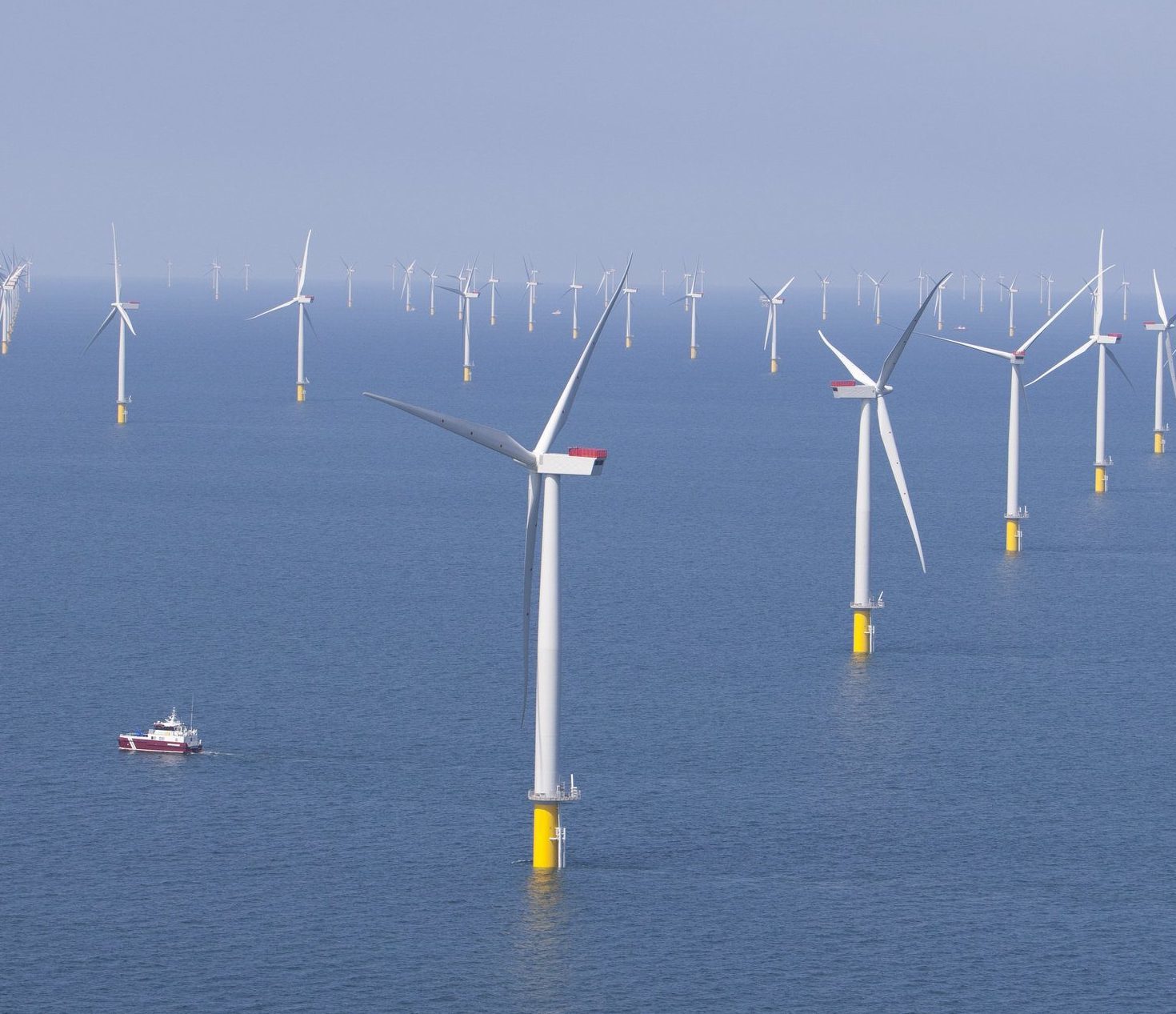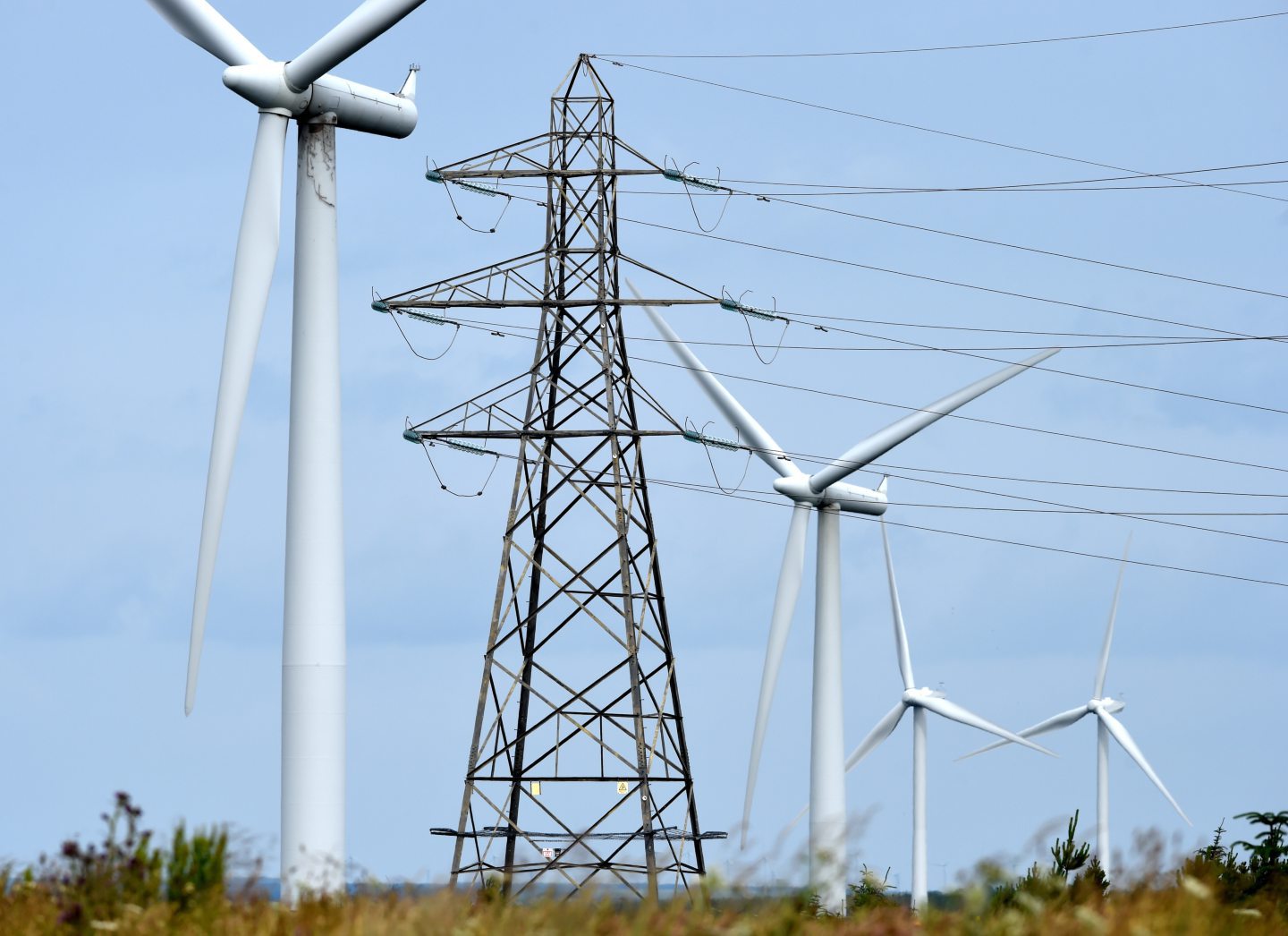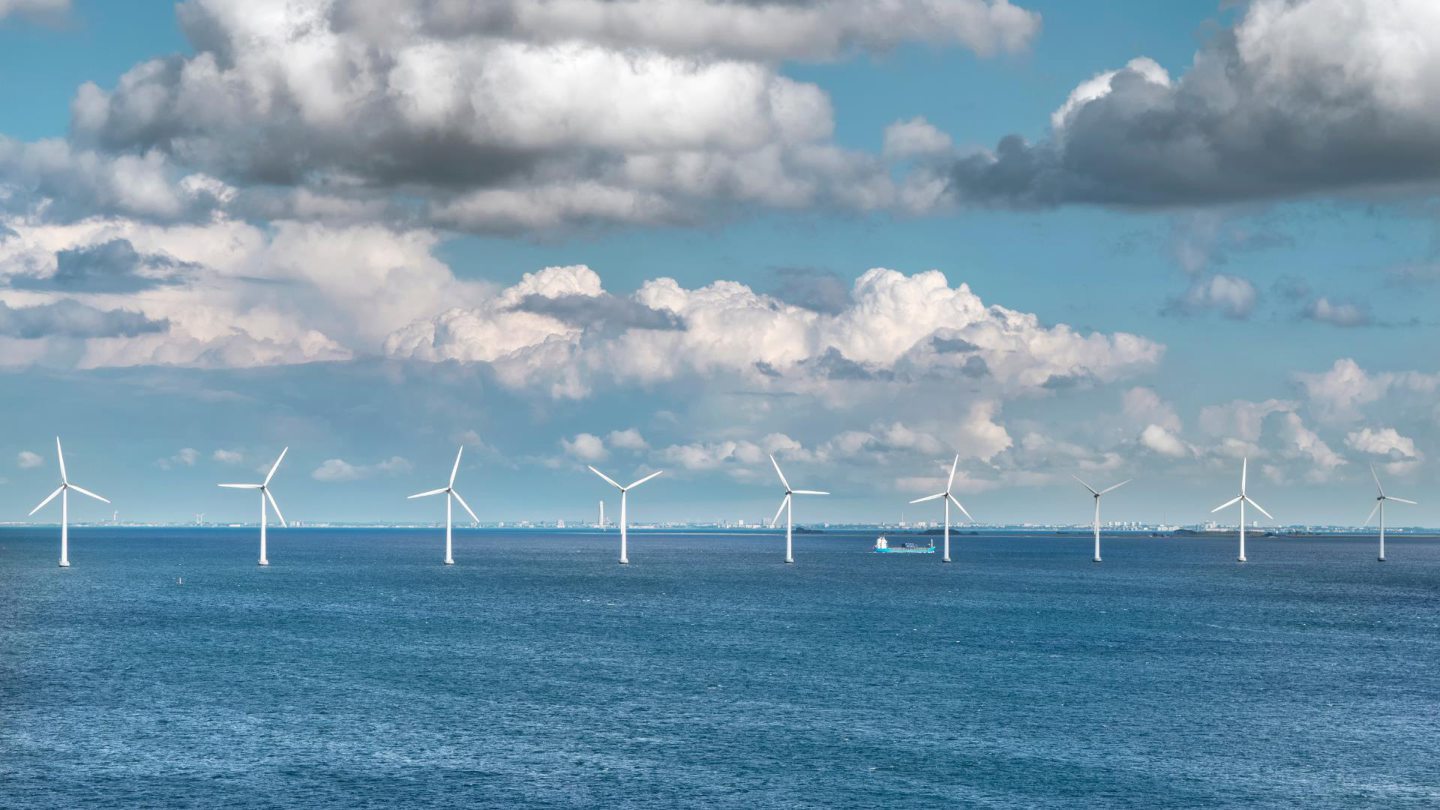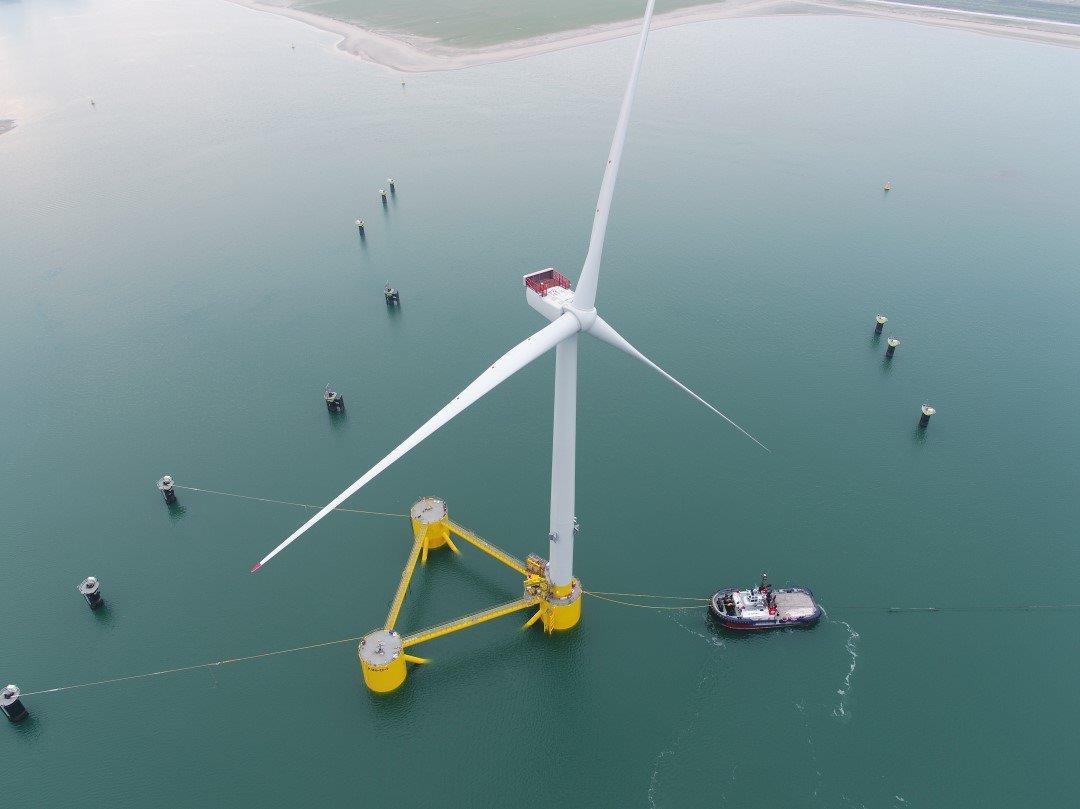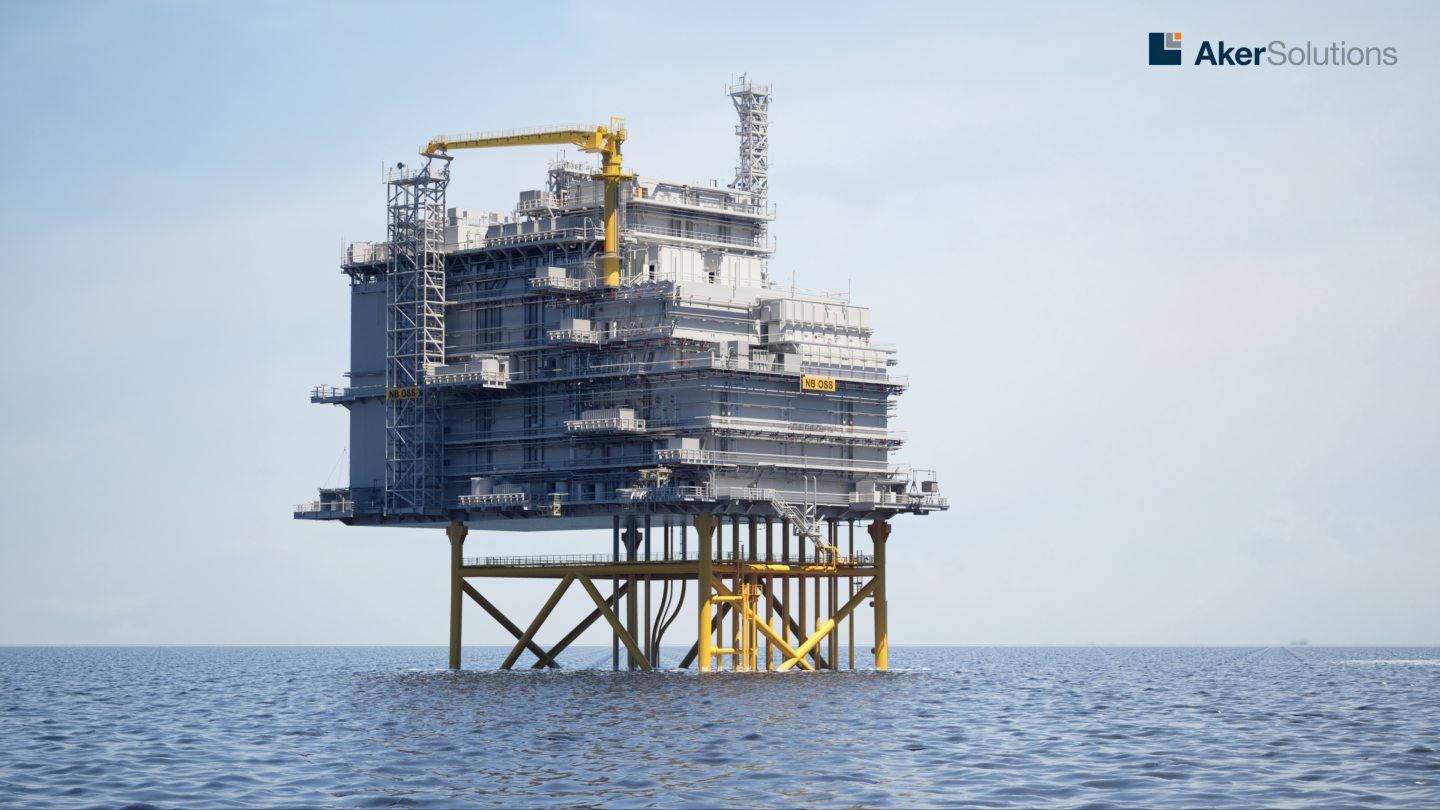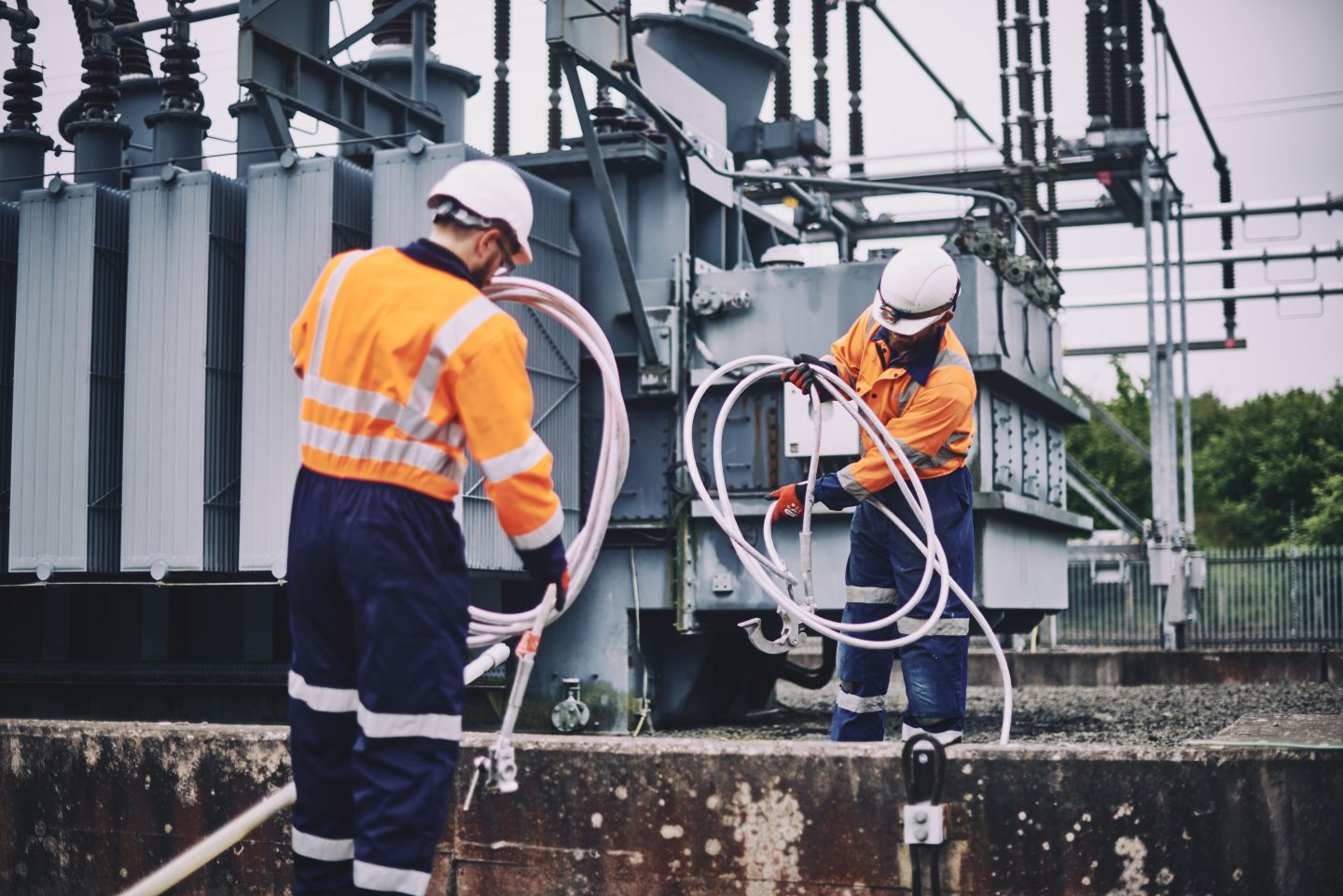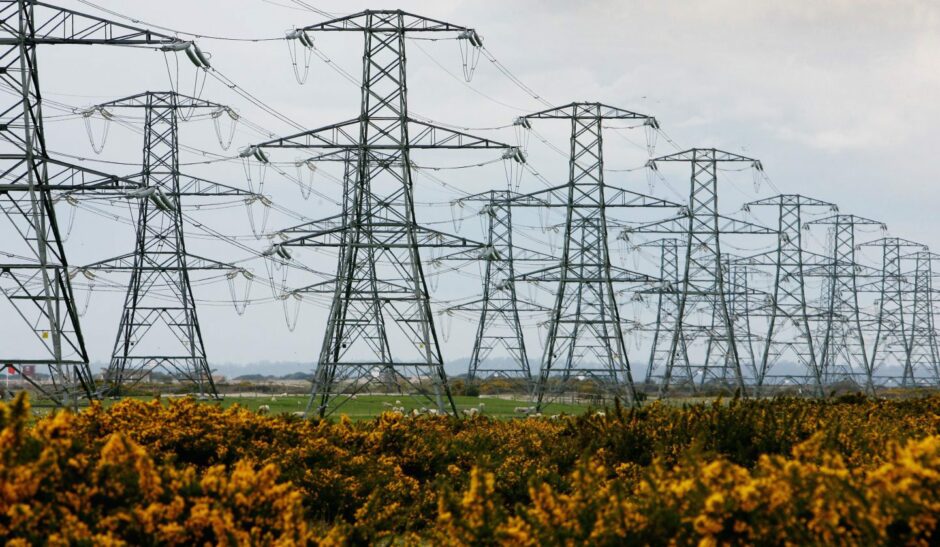
The Electricity System Operator (ESO) has released a new report calling for a £58 billion overhaul to the UK grid to meet the country’s “growing and decarbonising demand” for electricity by 2035.
The ESO “Beyond 2030” plan envisages a range of new electricity infrastructure across the UK to better connect renewables projects to the grid.
The plans include a potential new ‘North to South electrical spine’ from Peterhead to Merseyside, as well as recommendations for a second high voltage direct current (HVDC) link between Shetland and the mainland.
In addition, the report calls for stimulating “strategic demand” in the North of Scotland and on Shetland to avoid the need for additional network infrastructure elsewhere.
This strategic demand could include the likes of hydrogen electrolysers and data centres, the report said.
The ESO report said investments in renewable energy generation has exceeded investment in transmission infrastructure over the past decade, resulting in bottlenecks and wasted energy.
With Great Britain’s electricity needs set to rise by 64% by 2035 as the country’s heat, transport and industry demands are increasingly powered by electricity, the ESO said a “countrywide effort” will be needed to upgrade the network.
According to National Grid estimates, the UK needs to build five times more transmission lines by 2030 than have been built in the past 30 years, outlining the scale of the challenge ahead.
Offshore wind potential
In a statement, the ESO said the £58bn investment will “allow Britain to exploit the economic potential as a leader in offshore wind”.
The ESO plan will connect a further 21GW of offshore wind in development off the coast of Scotland to the grid by 2035.
The ESO said this would allow for a total of 86GW of offshore wind in the UK, compared to the 63GW currently installed globally, making Britain a “global leader” in the renewable technology.
According to the ESO, its plan enables a fully decarbonised electricity system by 2035, in line with the Sixth Carbon Budget.
ESO executive director Fintan Slye said Great Britain’s electricity system is the “backbone” of the UK economy and “must be fit for the future”.
“ESO’s Beyond 2030 network design outlines recommendations on the investment needed and how and where to coordinate the build of this new critical national infrastructure,” Mr Slye said.
“To deliver the clean, secure, decarbonised system set out by Government and Devolved Governments we must take swift, coordinated and lasting action working collaboratively across all parts of the energy sector, government, the regulator and within our communities.”
North to South ‘electrical spine’
In total there will be over 30GW of offshore wind in Scottish waters compared to 6GW of peak electricity demand in Scotland in 2035, the ESO said.
This highlights the need for energy infrastructure to move that power to where it can be used – both around Scotland and across Britain.
The ESO said Scottish offshore windfarms in development will have their green energy transported via a new electrical spine spanning potentially from Peterhead to Merseyside.
However, the ESO said this is an “early-stage option” which will require further consideration and consultation.
“Further design optimisation, innovation and community engagement will be undertaken to ensure that the needs of different communities and wider economic and system security needs are balanced,” the ESO said.
The plans will require additional high-capacity pylon routes to transport power from the coast to the existing transmission corridors.
Large parts of the future offshore wind capacity will also be coordinated via a series of offshore circuits linking Peterhead and Torness, in the South of Scotland, via four major windfarms.
This will reduce the number of landing points to shore and the cumulative impact of new offshore cable landing points on coastal communities, the ESO report said.
Economic benefits
The ESO plan could add up to £15 billion to the UK economy and also create and sustain over 20,000 jobs annually, with 90% of the benefits occurring outside London and the Southeast, according to independent research by Stonehaven.
According to the research, up to one third of these benefits will accrue to Scotland, totalling up to £5.2bn to 2035 and 6,500 jobs per year.
Half of the forecast jobs supported are in manufacturing, in particular iron and steel and other materials like plastics, fibres, and cement.
Meanwhile, a further 30% of jobs are in construction.
North of Scotland ‘strategic demand’
The ESO report also identified regions of strategic importance where large-scale demand users, such as hydrogen electrolysers or data centres, could be located instead of building additional network infrastructure.
For the first time, the ESO’s offshore network design included an assumption of major strategic demand being developed in the North of Scotland “throughout the 2020s and early 2030s”.
A significant portion of that strategic demand could be located on Shetland, with the report identifying 3GW of offshore wind capacity near the island with only a “fraction” of that needed locally.
According to the report, this “presents an excellent opportunity to co-locate large-scale strategic demand” on Shetland, contributing to the local economy and reducing reliance on diesel back-up generation.
In total, the ESO is signalling the need for 5GW of strategic demand to be in Scotland to use renewable generation, as well as an additional 5GW of ‘flexible demand’.
The ESO said this would create further industrial and economic opportunities for Scotland, making it a “leader in floating offshore wind and sectors including hydrogen”.
While the ESO painted an optimistic picture for future green hydrogen growth, several offshore wind developers have cancelled plans to produce green hydrogen in recent weeks.
Swedish developer Vattenfall last week scrapped a green hydrogen project connected to a windfarm near Aberdeen.
Meanwhile, SSE Renewables and Equinor also canned plans to produce green hydrogen from the fourth phase of the Dogger Bank windfarm, the world’s largest offshore wind site.
North to South ‘electrical spine’
The ESO report also flagged the need for a “significant investment” in the existing transmission infrastructure in the North of Scotland.
The upgrades to the grid across Scotland will “enable the country to realise its full potential as a renewable energy powerhouse,” the report said.
These upgrades would be in addition to the potential new “high capacity electrical spine”, which would connect Peterhead with the North West of England, the ESO said.
According to the report, many of these upgrades could be located offshore, operating as “superhighway links” running across the east coast of Great Britain.
ESO is also recommending further offshore transmission links, known as ‘bootstraps’, along the East coast of Britain.
By 2035, the ESO said Great Britain will have one of the “most expansive and coordinated offshore grids in the world”, with three times more undersea cabling than onshore.
The Great Grid Upgrade
Following the release of the ESO report, a spokesperson for National Grid said the “huge growth” in offshore wind, interconnectors and nuclear power will lead to more electricity being generated than the current grid can transport.
“The Electricity System Operator’s ‘Beyond 2030’ report recognises the need for networks to be delivered at pace and is an important step in unlocking a more affordable and resilient decarbonised electricity system in the UK,” the spokesperson said.
“National Grid is already investing billions delivering the largest overhaul of grid in generations, The Great Grid Upgrade, to enable us to transport more homegrown clean energy to power homes and businesses across the UK as well as, in the longer term, reduce energy bills.
“We now look forward to working with the System Operator, Government and Ofgem on the further development needed to progress these reinforcements, and to move towards creating a Strategic Spatial Energy Plan, coupled with a consentable Centralised Strategic Network Plan, which sets out what energy infrastructure needs to be built, where and when, to deliver a capacity-rich, future-ready network that will serve society and underpin economic growth.”
Net zero targets
The UK Government has been aiming to speed up improvements to the national grid to allow for the faster roll out of renewable technology and to help it cope with increased demand for electricity.
But the need to build hundreds of miles of new transmission infrastructure has been meet with opposition in some communities, with the government planning to offer incentives to placate affected homeowners.
With much of the grid infrastructure set to traverse communities in the North of Scotland, many rural communities are beginning to question whether they’re getting a fair return from renewable energy developers.
With the renewable sector long stating there will be “no transition without transmission“, offshore wind developers and transmission operators will need to convince their sceptics to get behind a massive grid overhaul to keep their net zero ambitions on track.

